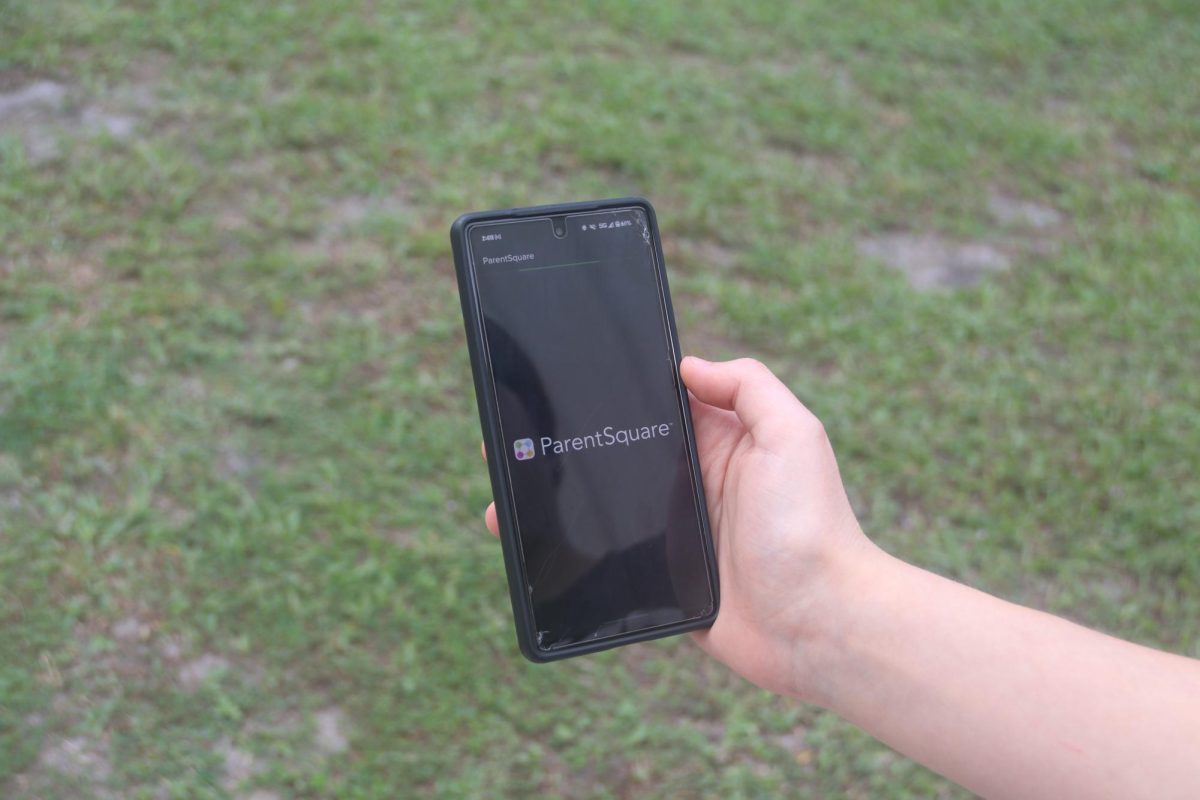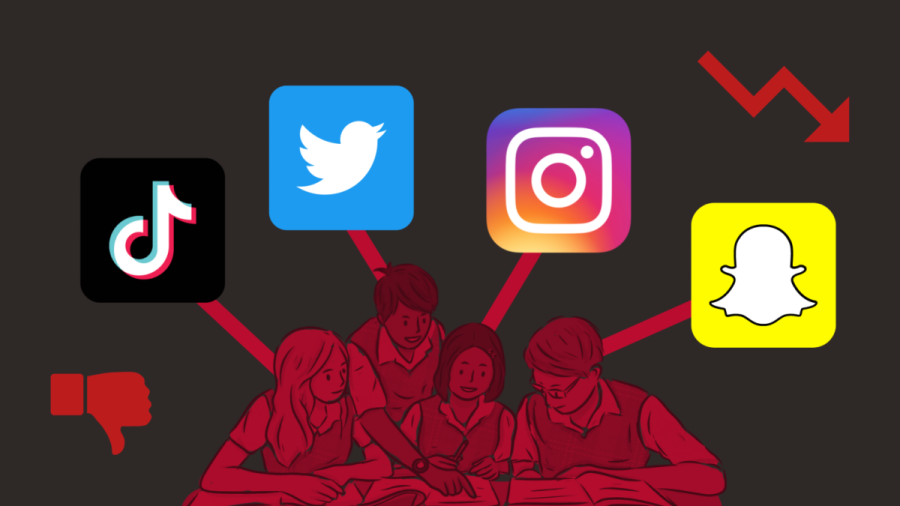Social media is breaking down a generation
February 27, 2023
The advent of social media in the early 20th century fundamentally changed human communication and its impact on the world. It was something that, for many, was the hallmark of a distant and hopeful future; a future that would revolutionize the almost completely analog world of the previous century. Truly, it seemed to many as something described in a fantastical science-fiction series or a quixotic hope for the future. However, the starry-eyed idealism of the onset of social media services seems to have largely faded. Perhaps, despite the glimmer and grandeur of instant long-distance communication, the technology is not totally without flaw.
An obvious detriment of a certain type of social media usage is the gradual antagonism of critical thought. While a condemnation of all types of mass electronic communication is clearly flawed, it is not Luddite-esque to question how social media impacts the way people think. Independent research to prove one’s claims is en vogue no more; to attract like-minded individuals, all one needs to do is create a video that glitters with flashing lights and catchy pop-music. News headlines decry this phenomenon with terms such as “misinformation,” but neglect to recognize the true significance of such patterns. Many are not just misled, but are actively opposed to the idea of truth itself.
Social media is inherently seductive in nature; many websites are specifically designed to keep one’s attention for as long as possible. For many, social media provides an endless stream of dopamine, an escape from the stressors of everyday life. While many commentators remark that young people should simply go outside in lieu of phone usage, they fail to consider what “outside” has become. It is not a surprise that, as a reaction to growing environmental concerns and endless suburbanization, many would rather stay inside. Indeed, in most of American suburbia, the best place outside of the digital world to connect with friends seems to be the nearest grocery store or a dying mall nearby.
The average woman or girl that frequents social media is constantly met with a sea of beauty advertisements and subtle promotions of ever-changing beauty standards. It is a true mark of a deeply sick society in which eighteen and nineteen year old girls are urged to start early Botox in order to prevent wrinkles later in life, to remove the buccal fat that cushions and protects their face, and to undergo increasingly dangerous and perilous procedures to fit a wealthy beauty executive’s idea of the ideal womanly form. The end goal of this is, as most things in America seem to be, to pursue a profit, even at the cost of the sanity of young girls.
However, even considering all of its flaws and negative impacts, there still remains something quite awe-inducing and marvelous about the instant, worldwide communication network that social media brings. Perhaps many do not realize the true significance of the handheld mobile device that they use every day, that within it lies the summation of human intellect and prowess, and the poetry and meaning of everyday life.













































yara • Mar 6, 2023 at 4:50 PM
Social media being apart of mine and others everyday life has created indelible impacts for better, but mostly for worse. I wish I could say i’m not addicted but its hard for me to go a while without my phone, whether to communicate with friends or post something online. This article however puts into perspective the reasons why one might always be looking down at their phones, the real world. Living has become so dull for many, doing the same thing everyday in the same old places that people everywhere are looking for some new for form of entertainment to distract them.
Haley West • Mar 4, 2023 at 1:26 PM
I thought that this piece was very inciteful, digging into the a real effect that social media has on our generation. It’s becoming seemingly more easy to lure and draw the attention of many users. Whether spreading beef between celebrities or suggesting different product for consumers to buy. I also like how she highlighted the realness and subjectiveness social media has on beauty standards, and while having a huge impact on women, they are not the only ones subjected to it. Sadly, as pointed out, its becoming more appealing to scroll on phones because of the closing of malls and “outside” activities that once took the place of social media in our everyday lives.
Angelinne Oliveira • Mar 3, 2023 at 2:16 PM
Ever since social media was developed, sharing ideas, information and news has become easier. However social media like the article said is breaking down our generation. Body dysmorphia and impossible body goals to reach have set unrealistic expectations for girls. It also gave children, access to information and websites that were not appropriate for their age. Therefore aging our generation, not in maturity wise though. It has made our generation think we can act like adults without having to complete the responsibilities of an adult.
Ishani Chanda • Mar 3, 2023 at 2:05 PM
There is no doubt that social media has had its effects; both negative and positive. This article talks deeper about the downfalls social media is having on our generation. I think this is something that needs to be more spoken about as social media is becoming an unhealthy addiction for many of this generation. I like this article a lot for talking about something that is kind of overlooked.
Anya Boga • Mar 3, 2023 at 1:45 PM
I agree that social media is detrimental to young people. Adolescents spend countless hours on social media and forget to even go outside. It can also heavily affect women’s self image due to new beauty standards that keep coming. People forget what the outside world is as they live in a fantasy through their phones on social media apps. It can also provide false information and an be misleading to those who believe everything they see.